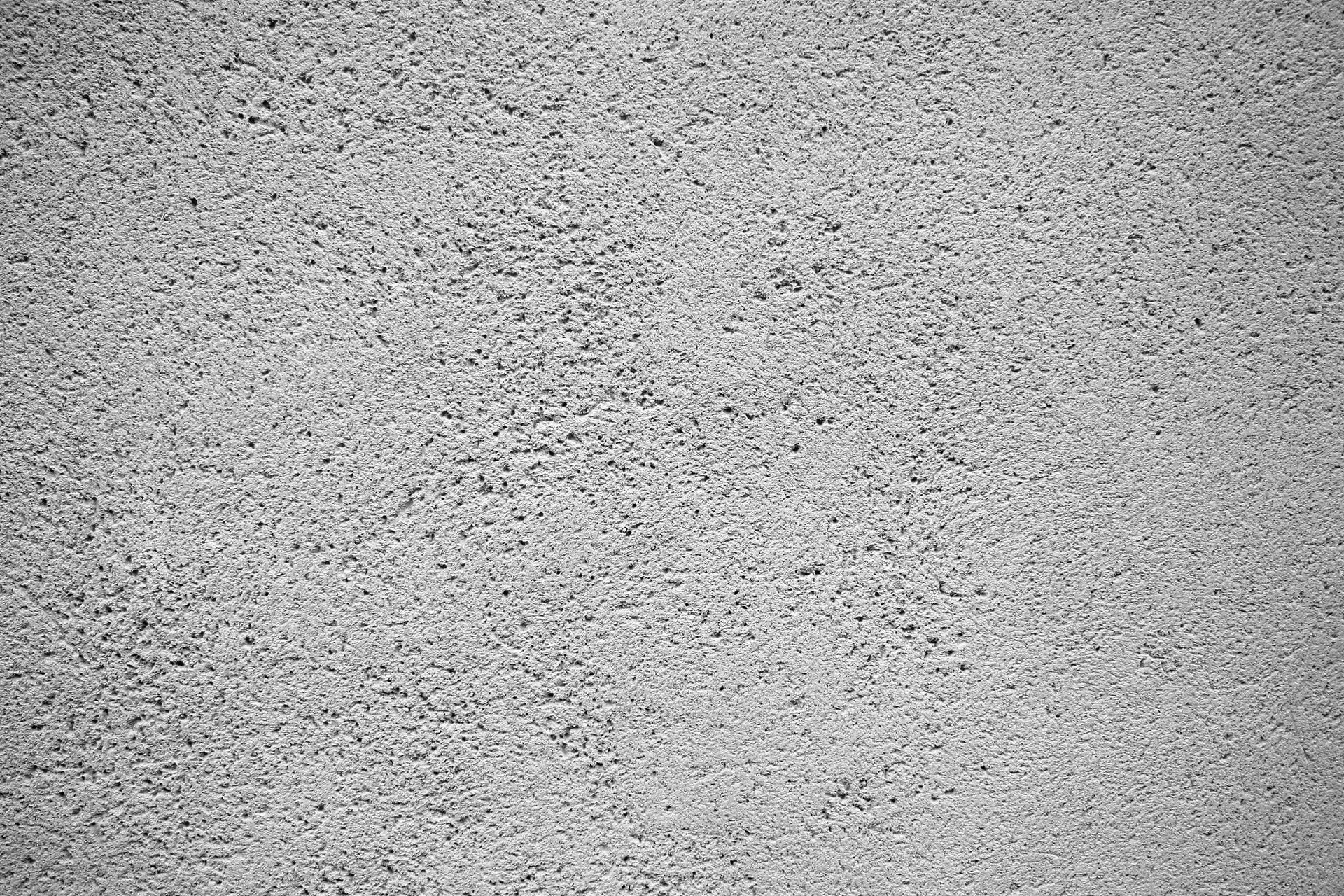

DAMP CONTROL
If you think your home is suffering from signs of damp you need to get in touch with RhinoRemedial. Our proven ability to treat all forms of damp should reassure you that you are calling the right people. We can give you a comprehensive assessment of the damp issues at your property and have the expertise to carry out the necessary remedial treatment quickly and effectively.
RISING DAMP
Rising damp is caused, amongst other things, by the failure of an existing damp proof course (DPC), bridging of the DPC due to raised external ground levels, or, in older properties, the absence of a DPC. Bricks, stones and mortar are porous and will allow water to rise through what is known as capillary action. How high the damp rises in a wall will depend on several factors including the height of the water table, pore continuity in the masonry and evaporation rates. The results are staining to the decorative coverings, blown plaster, peeling paintwork and wallpaper and a risk of rot to joists and floorboards in direct contact with damp masonry.
We are experts in damp control and, in accordance with the Property Care Association code of practice, will investigate the causes, diagnose and treat areas of rising damp in your home using the latest techniques. Our system provides a dry surface ready for decoration within 7-10 days of treatment.
TREATMENT
Rising damp is the upward movement of water through masonry via capillary action or “wicking”. The results are damp patches, peeling and blistering wall decorations and a problem that won’t go away.
We use Triton Tri-Cream, a blend of Silane and Siloxanes for injection into brickwork which cures to form a water repellent. The cream is injected by hand pump into a series of holes drilled in the mortar. From here the injection cream reverts to a liquid phase and Polysiloxanes are formed. As the product cures a Silane Vapour is also produced encouraging strong migration through the masonry. Curing of the DPC starts immediately with the final cure taking 2-6 weeks.
All of our damp proof course work is carried out in accordance with British Standard “Code of Practice for Diagnosis of Rising Damp in Walls of Buildings and Installation of Chemical Damp Proof Courses” BS6576:2005
PENETRATING DAMP
Another common form of damp in properties is penetrating damp. This occurs as a result of water ingress through gaps in the building’s structure due to wear and tear on pointing, defective flashing, a leaking roof or gutters, windows and doors for example.
Penetrating damp often appears as damp patches on walls, ceilings or floors particularly after a period of rain. Wind pressure and the porosity of the bricks are also factors affecting the rate of penetrating. This is a particular issue with solid walls where the water is not able to drain away within a cavity. One of our technicians will identify the cause and implement a plan to prevent any further water ingress into the property.



